Houseplants for Beginners-Tips and Tricks
So you are thinking about getting into houseplants? You are not alone; the year 2021 could very well be regarded as the “year of the houseplant”- among other things. With the onset of the coronavirus and the nationwide stay-at-home order, people (and by people I mean millennials, for the most part) have been turning to houseplants to bring more green into their lives. Or maybe it is simply because they are trendy. Nevertheless, if you are considering joining the houseplant craze, you may as well start off with ones that are resilient and easy to care for! Keep reading for our complete list of houseplants for beginners….
1. Sansevieria “Snake Plant”
Ah, the snake plant, the most forgiving of all plants. This little plant, believe it or not, will love you more if you neglect it, which is why it is the perfect option for beginner plant enthusiasts. This is a succulent-type plant, meaning it stores water in its dense leaves. Because of this, they require minimal watering. Depending on how much sunlight it receives, you can almost go 3 weeks to a month without watering this plant. This is why the Snake Plant is considered to be the #1 houseplant for beginners!
There are many varieties of snake plants, such as the common Sansevieria ‘Black and Gold’, Sansevieria ‘Cylindrica’ and Sansevieria ‘Moonshine’. All varieties tend to have similar care requirements, just make sure that variegated types receive just a bit more light.
General Requirements
Light: Medium to low
Water: When soil has completely dried out
Humidity: Moderate, will tolerate almost anything
Soil: Well-draining soil mix (potting soil with added Pumice, Sand, and Orchid Bark for optimal drainage and aeration)
Pro Tip: These plants will benefit from being planted in terracotta pots, which effectively soak up the water and prevent your plant from being overwatered.
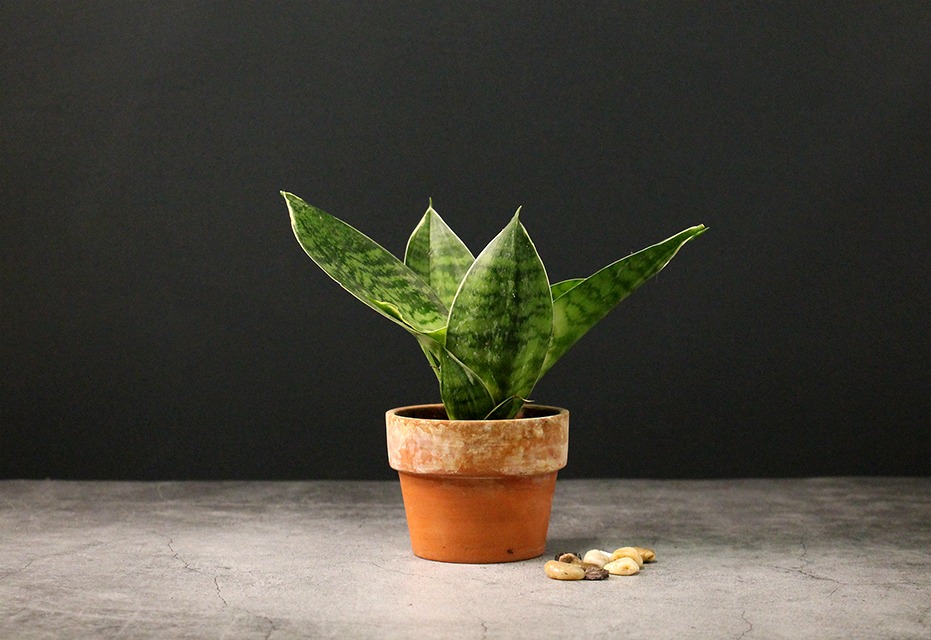
2. Dracaena Marginata “Dragon Tree”
The Dracaena is another common houseplant, which has over 120 species! Most of these species prefer bright indirect sunlight, such as the Draceana Marginata (pictured below). Be careful to not place them in direct sunlight as this can burn their foliage. While they require minimal watering needs, they prefer to be thoroughly soaked when the soil is about halfway dry. What does thorough watering mean? This means evenly watering plant, so that the water pours out of the drainage holes.
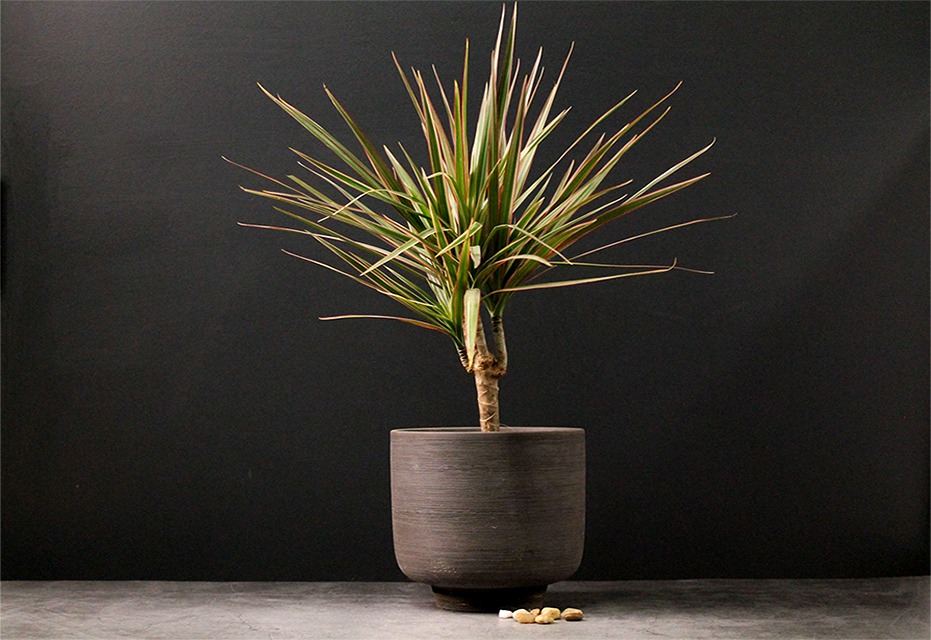
General Requirements
Light: Bright indirect light
Water: Water when top 2″ of the soil is dry
Humidity: Moderate
Soil: Well-draining soil
Pro Tip: Like most palms, this plant prefers to be watered with filtered water. If you notice that the tips of your dracaena’s leaves are brown- then you may want to consider watering with filtered water.
3. Peperomia
There are many varieties of peperomia. A rule of thumb- if the leaves are dense and succulent-like, make sure to let them dry out before watering. If receiving the proper care, most peperomia will produce long-skinny blooms in the spring and summertime. If you have a variegated variety, make sure to place it in bright indirect sunlight in order for it to maintain its light-colored leaves. Like the other plants listed, one of the most common reasons people kill this plant is due to overwatering.
General Requirements
Light: Medium to bright light
Water: Allow soil to dry out before watering
Humidity: Medium to high
Soil: Well-draining soil, try adding Orchid Fir Bark for extra aeration!
Pro Tip: If your plant is quite full at the base, you may want to consider “bottom-watering”. This will ensure that the leaves exposed to the soil do not become oversaturated and rot out. Just fill a bowl of water and place the potted plant inside, allowing the plant to soak up the water at its own speed.
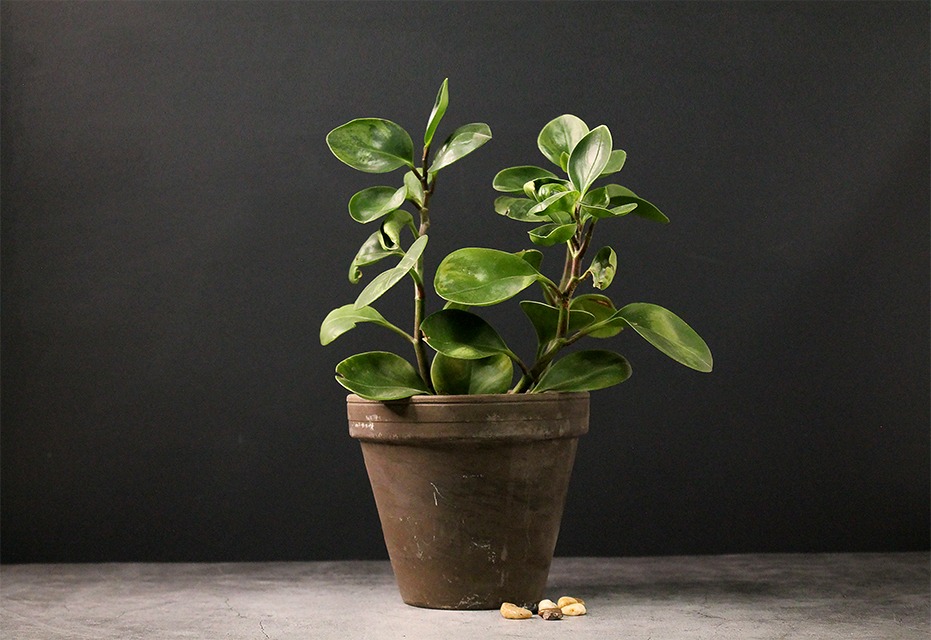
4. Monstera
The monstera is another common plant that you have probably seen all over social media and modern interior design. Monsteras are easy to care for and will grow quite big in a short amount of time. In fact, they might even take over your whole house- if you let them! Make sure to prune your plant if you would like it to stay small and compact. These awesome plants will start to produce fenestrations (the holes in the leaves) as they mature. This is why they are commonly referred to as the “Swiss Cheese Plant.” Keep this plant in a partially shaded area, and water it when the top half of the soil is dry.
General Requirements
Light: Medium to bright
Water: Water when top 50% of soil is dry
Humidity: Moderate-high
Soil: Well-draining soil
Pro Tip: Add a Moss Pole to the pot, to encourage the leaves to grow larger and to produce more fenestrations!
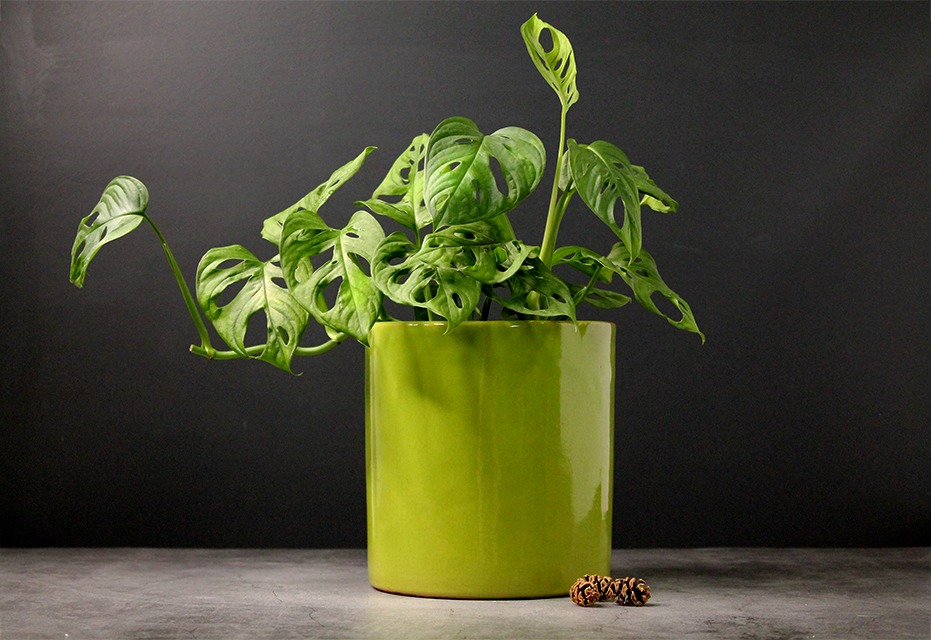
5. Senecio Varieties
This plant type is a fast-growing and sun-loving succulent. Like most succulent-type plants, they thrive when left alone. This is why it is safe to say that it is a beginner friendly houseplant. This is a plant that will not appreciate being watered too often and actually prefers to be watered only when the soil has been completely dried out. If you live somewhere warm, you can even plant them in containers or hanging baskets in a partially-shaded spot. There are also so many interesting varieties of senecio, such as string of bananas, string of pearls and even string of watermelons!
General Requirements
Light: High, can tolerate some direct sunlight
Water: Water when soil completely dries out
Humidity: Low
Soil: Well-draining Succulent Blend
Pro Tip: These plants can handle a considerable amount of direct sunlight, unlike the other plants listed. I find these plants do the best when hanging from the ceiling in front of window that receives a substantial amount of sunlight, such as west-facing window.
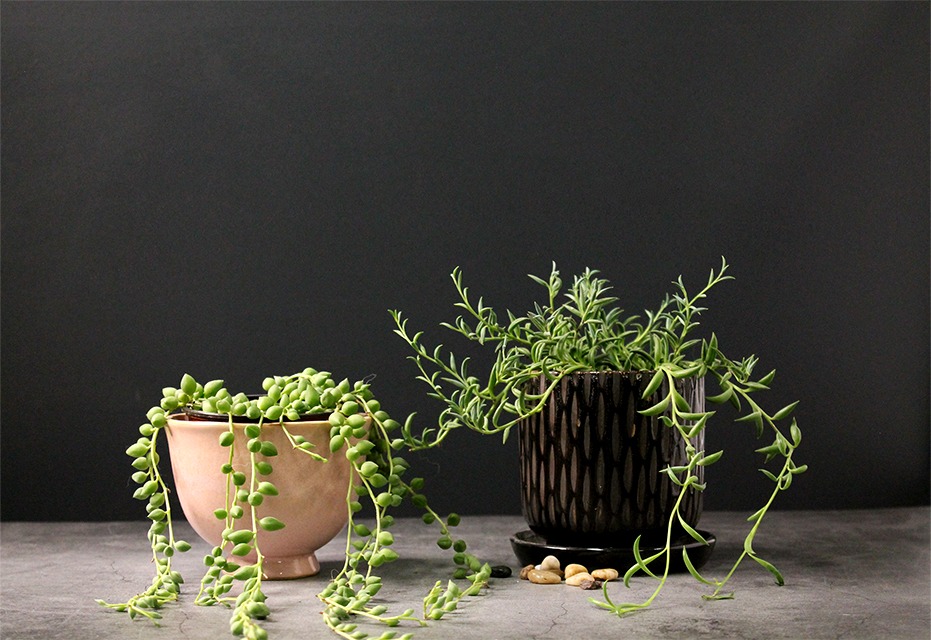
6. Zamioculcas zamiifolia “ZZ Plant”
The ZZ plant is an extremely resilient plant. It is both drought-tolerant and can handle low light conditions, making it a perfect option for beginners. When repotting this plant, you will notice that the stems grow from large bulbs, called rhizomes. This is where the plant stores most of its water, which allows it to handle drought spells.
General Requirements
Light: Low-medium, low light tolerant
Water: Water when soil dries out completely
Humidity: Low
Soil: Well-draining soil, add extra pumice for better drainage
Pro Tip: This plant tends to collect dust on top of its leaves, which will prevent it from effectively absorbing sunlight and photosynthesizing. Take extra care to wipe down the leaves with a microfiber cloth and some distilled water every couple of weeks.
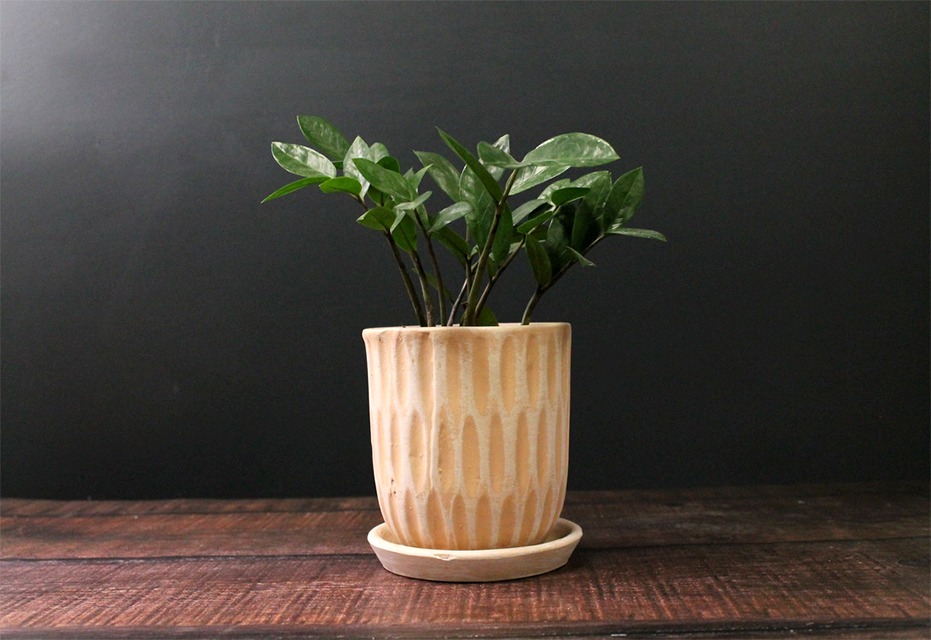
7. Aglaonema “Chinese Evergreen”
The Chinese evergreen is another houseplant that is easy to grow. They come in many varieties, with different colors and leaf patterns. This plant is extremely forgiving, and can tolerate almost any indoor condition. If you have a variegated one, like the one below, we recommend placing it in a space with a bit more bright light in order for the pink highlights to remain.
General Requirements
Light: Bright indirect sunlight
Water: Water when top 50% of soil is dry
Humidity: Moderate, increase moisture if tips of leaves are browning
Soil: Light, well-draining soil
Pro Tip: If you notice the tips of the leaves starting to brown, then consider providing more humidity. You can do this by adding a small humidifier to your space or placing it on top of a pebble tray for added moisture.
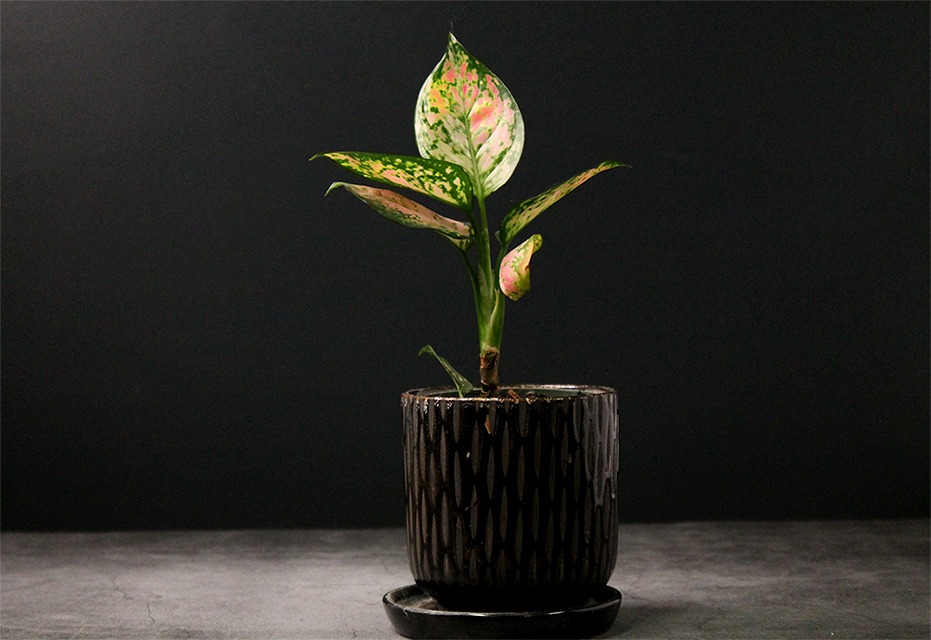
8. Tradescantia “Spiderwort”
This trailing plant, in my opinion, is one of the hardest plants to kill. In fact, they kind of grow like weeds! The deep purple color of their foliage will brighten up just about any room and they look great in hanging baskets. This plant will thrive in bright indirect sunlight or medium light- making it extremely adaptable to most conditions.
General Requirements
Light: Bright indirect sunlight
Water: Keep the soil moist, watering when top 1″ becomes dry
Humidity: High, consider placing in a bathroom or a near a humidifier
Soil: Well-draining soil
Pro Tip: If you find that your spiderwort plant is getting leggy, just cut the vine beneath the node and replant it into the pot to encourage more growth from the base of your plant. This will make for a more full plant!
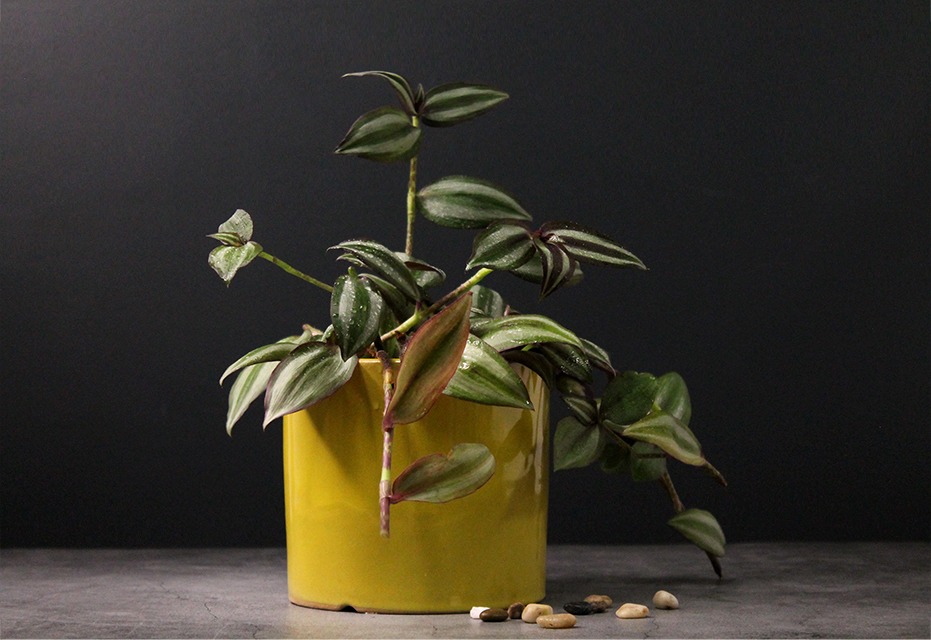
9. Hawthoria
Compared to most succulents, the Hawthoria will actually be more happy if placed in a spot that receives bright indirect sunlight. This is is a slow-growing plant, but will reward you with long interesting blooms if taken care of properly. These plants make great center plants for succulent arrangements! You can also top dress their soil with decorative stones for an elevated look.
General Requirements
Light: Bright indirect light
Water: Water when soil dries out completely
Humidity: Low
Soil: Well-draining Succulent Blend
Pro tip: Like all succulents, make sure the plant the Hawthoria in a soil that receives adequate drainage. A blend of coco peat, pumice, sand and organic material will suffice!
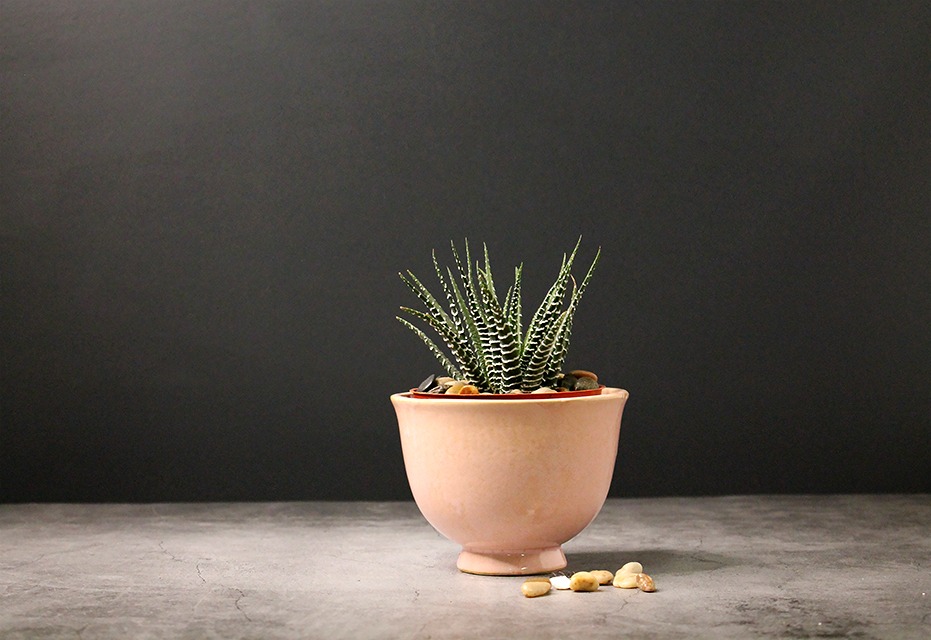
Final Thoughts
There is no doubt about it, houseplants are tricky! But once you get the care routine down, you will find them to be rewarding companions. If you are just starting out, set your plants up for success and start off with one of the beginner friendly houseplants listed above.
Some things to keep in mind before choosing a plant:
- Does your house receive enough light? If you live in a dark apartment building with just a few windows, we suggest looking into plants that are low-light tolerant.
- Do you have pets? You will be surprised to find out that many houseplants are actually toxic to pets, such as the sago palm. Do you research before brining home a plant that might be harmful to your furry friend.
- How much time do you spend at home? If you are constantly on the move and do not spend much time at home, then you may want to choose a low maintenance houseplant.
Happy Growing!



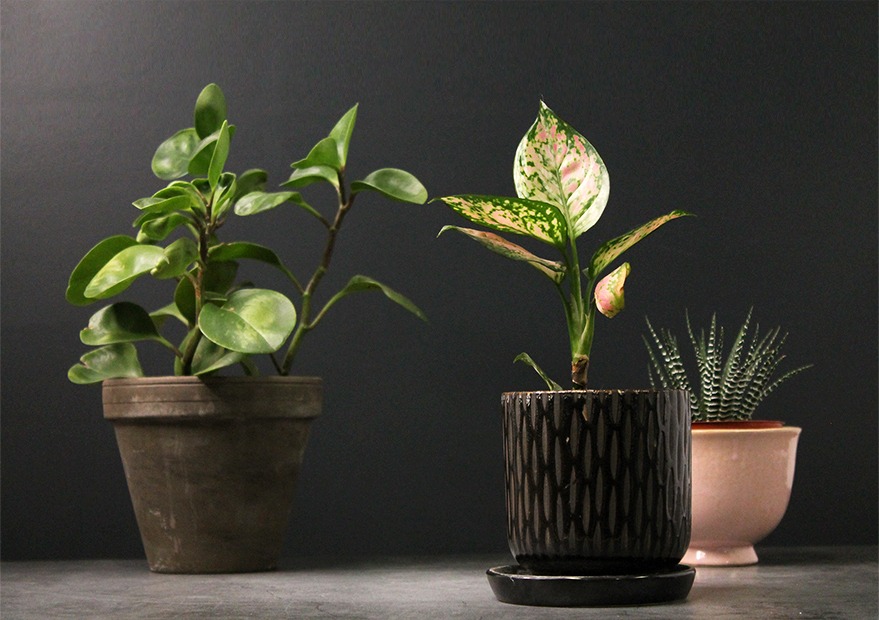


Leave a Reply